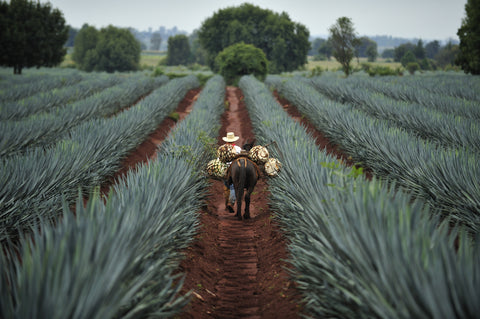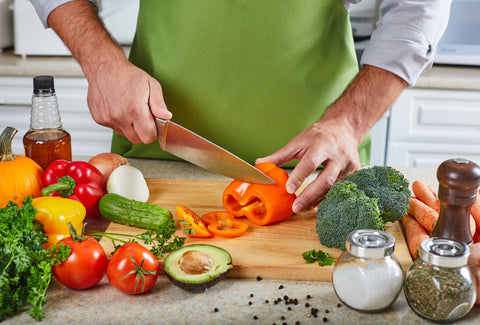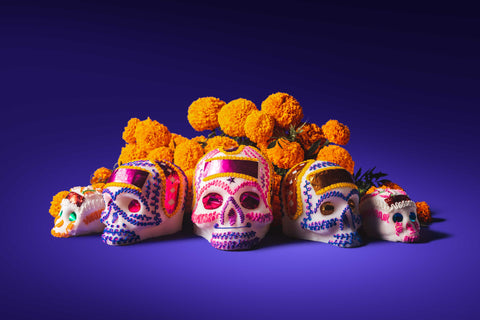“Aren’t tequila and mezcal the same thing?” is an often asked question. Well, let’s put you straight so the next time you’re sipping on a Mexican spirit while enjoying your tacos, you know the difference between the two liquors.
Ok, the only thing that tequila and mezcal have in common is that they are both made from the core of the agave plant, otherwise known as the piña. Here the similarity ends.
So, how are they different? Let’s guide you through it.
The Type of Agave
- Mezcal can be made from more than 30 varieties of agave, the most common of which are tobalá, tobaziche, tepeztate, arroqueño and espadín, which account for 90% of mezcals.
- Tequila is a type of mezcal but must be made from blue agave (agave tequilana).
Basically all tequilas are mezcals, but not all mezcals are tequilas.
Production
- Mezcal can be produced anywhere in Mexico, although it's typically made in the Oaxaca region. Other areas include Durango, Guanajuato, Guerrero, San Luis Potosi, Tamaulipas, Zacatecas, Michoacán, and Puebla. Over 85% of all mezcal is made in these nine regions.
- Tequila can only be produced in the Tequila region of Mexico, which includes: Michoacán, Guanajuato, Nayarit, Tamaulipas and Jalisco, which is where the actual town of Tequila is located.
Distillation process
- Mezcal is cooked inside earthen pits that are lined with lava rocks and filled with wood and charcoal before being distilled in a clay pot.
- Tequila is typically produced by steaming the agave inside industrial ovens before being distilled two or three times in copper pots.
Ageing
- Mezcal is aged in oak barrels and grouped into three categories by age, including joven (blanco or abacado/0-2 months), reposado (2-12 months) and anejo (at least one year).
- Tequila is also aged in oak barrels but is defined into three different varieties: blanco (silver or plato/0-2 months), reposado (2-12 months) and anejo (1-3 years)
To clarify, these age distinctions:
- Blancoor Silver: tequila that is bottled immediately after distillation or aged for fewer than two months in stainless steel or neutral oak barrels
- Joven:mezcal that is bottled immediately after distillation or aged for fewer than two months
- Reposado: tequila or mezcal that's been "rested" in oak for a minimum of two months but less than a year in oak barrels
- Añejo: tequila or mezcal that's been "aged" for between one and three years in oak barrels
- Extra Añejo: "extra aged" tequila or mezcal that's been aged for a minimum of three years in oak barrels
Taste
- Mezcal has a rich, flavourful, savoury and smoky taste, attributed to the underground ovens used to cook the agave.
- Tequila tends to have a smooth, sweet flavour.
How to drink them
- Mezcal is traditionally sipped straight. It may be served alongside a slice of orange topped with worm salt or a pinch of chilli salt to enhance the flavour. However, in recent years, bartenders have embraced mezcal as a craft cocktail ingredient and created remixed versions of classics like the old fashioned, margaritas, negronis, palomas and a mezcal mary.
- Tequila is traditionally sipped straight and used for cocktails, including the legendary margarita, and paloma.
Whether you want to shop tequila or mezcal to discover the differences yourself, check out our great brands available at La Mexicana’s online store!



